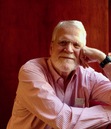Mark Scott Smith's Blog: Enemy in the Mirror, page 72
January 7, 2019
Recession
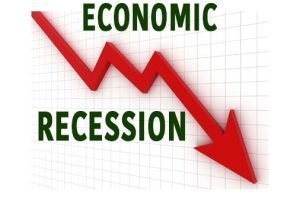
Following “Fair Deal” economic reforms and monetary tightening by the Federal Reserve, the U.S. economy took an 11-month downturn from November 1948 to October 1949.
 https://www.thebalance.com/unemployme...
https://www.thebalance.com/unemployme... Washington Area Spark
Washington Area SparkIn October 1949 unemployment reached a peak of 7.9 percent, then fell in the early 1950s.
Overall, the recession of 1949 was considered a mild adjustment as the economy continued adapting to peacetime production.
The post Recession appeared first on Enemy in the Mirror.
January 3, 2019
Truman Begins Second Term
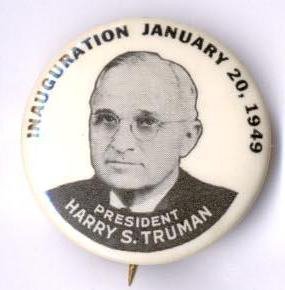 State of the Union Address January 1949
State of the Union Address January 1949On January 5, 1949, President Harry Truman presented the state of the union address to the U.S. Congress. Issues discussed included: poor medical care, low minimum wage, inflation, poorly managed natural resources and inadequate education.
Solutions he proposed included: empowering congress to impose price ceilings; endorsement of the St. Lawrence Seaway Project; new tax legislation to balance the national budget; changes in labor-related laws; improvement of Social Security, Education, health care, public housing and civil rights.
On January 29, 1949 Harry S. Truman was (re-) inaugurated president. In his inaugural speech, he emphasized four points:
The four pointsFirst, “we will continue to give unfaltering support to the United Nations and related agencies, and we will continue to search for ways to strengthen their authority and increase their effectiveness.”Second, “we will continue our programs for world economic recovery.”Third, “we will strengthen freedom-loving nations against the dangers of aggression.”Fourth, “we must embark on a bold new program for making the benefits of our scientific advances and industrial progress available for the improvement and growth of underdeveloped areas.”The post Truman Begins Second Term appeared first on Enemy in the Mirror.
December 31, 2018
Happy New Year
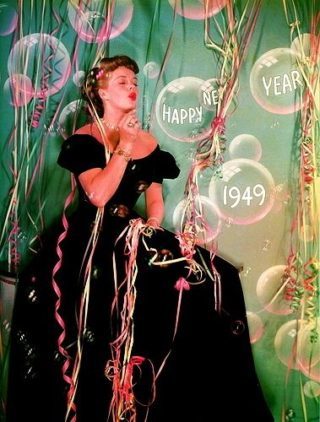
The post Happy New Year appeared first on Enemy in the Mirror.
December 27, 2018
Top Songs of 1948
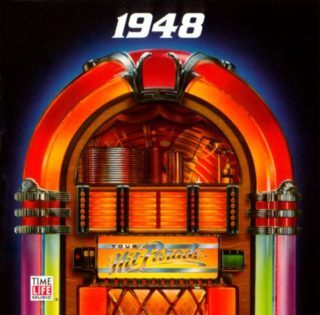
Here is a list of the top 100 songs of 1948
The post Top Songs of 1948 appeared first on Enemy in the Mirror.
December 24, 2018
Christmas in America
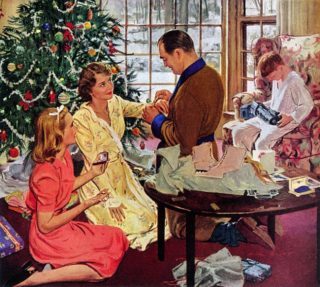
In 1948 Christmas was a period of peace, productivity, and prosperity for Americans.
Rudolph the red-nosed reindeer first appeared in a 1939 booklet written by Robert L. May and published by the Montgomery Ward department store. Rudolph made his first screen appearance in 1948, in a cartoon short produced by Max Fleischer.
The post Christmas in America appeared first on Enemy in the Mirror.
December 20, 2018
Casper the Friendly Ghost
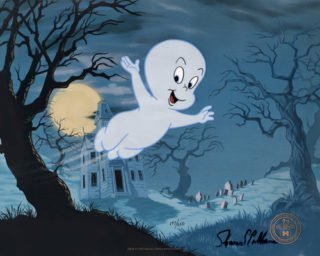
Casper, The Friendly Ghost, a fascinating post-WWII cartoon creation, first appeared in a 1939 children’s book and several animated cartoons in 1945.
In 1950-59, he was serialized in theatrical shorts before Harvey Comics bought the rights to the character.
Since the original Casper was depicted as a ghostly, mildly obese, little boy “living” by a gravestone, whether or not he was a dead child remained controversial.
Later, he was presented as an innocently ambiguous creature, similar to a friendly ghoul or goblin. Thereafter he had feet, was slimmer and was simply the product of ghostly parents.
In a 1995 live-action movie, his name became Casper McFadden, the ghost of a 12-year old boy who died of pneumonia.
.
The post Casper the Friendly Ghost appeared first on Enemy in the Mirror.
December 17, 2018
Tojo Sentenced to Death
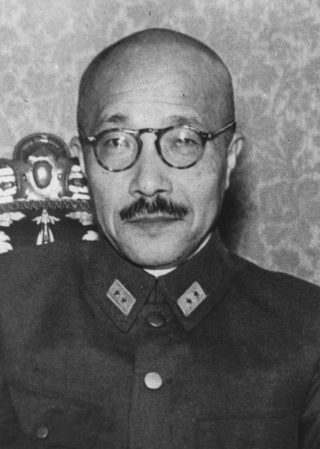
Hideki Tojo, a general of the Imperial Japanese Army, was Minister for War from 1940 to 1941 and Prime Minister of Japan from October 1941 to July 1944.
Tojo was best known for ordering the attack on Pearl Harbor (although planning for the action began in April 1941, long before he assumed office as Prime Minister).
While the criminality of the Pearl Harbor attack may be debated, Tojo was responsible for conducting a vicious war in Asia that took the lives of countless civilians and many Allied prisoners of war.
After a failed suicide attempt at the end of the war, Tojo was arrested, along with 25 “Class A” war criminals, and tried by an international tribunal of judges from eleven countries. The Tokyo trial lasted over two years. In December 1948 Tojo received the death sentence.
General Douglas MacArthur, Supreme Commander for the Allied Powers, declined to commute the death sentence and Tojo and six other defendants were hanged in the Sugamo Prison.
Other Prominent Japanese figures who were not prosecuted for war crimes included Emperor Hirohito and the notorious Ishii Shiro, who had carried out vicious human experimentation as head of Unit 731, Japan’s bacteriological and chemical warfare research facility in Manchuria. The Emperor was not prosecuted for political reasons. Presumably, the biological/chemical warfare expert was spared because the United States military wanted his knowledge for their own programs.
The post Tojo Sentenced to Death appeared first on Enemy in the Mirror.
December 13, 2018
Truman Defeats Dewey
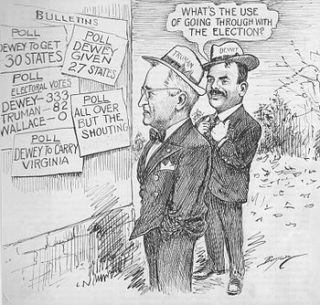
Although New York Governor Thomas E. Dewey was fully expected to win the 1948 presidential election, Democratic incumbent Harry S. Truman defeated him by >2 million popular votes.
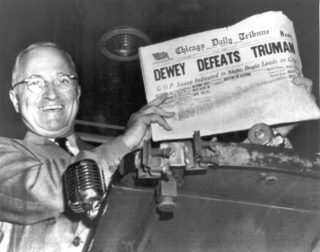
Wikipedia
Prior to the vote, political analysts, newspaper editorials and voter polls were so convinced of a Dewey win that on election night, long before the final votes were counted, the Chicago Tribune published an early edition with the headline “DEWEY DEFEATS TRUMAN.”
The post Truman Defeats Dewey appeared first on Enemy in the Mirror.
December 10, 2018
American Economy
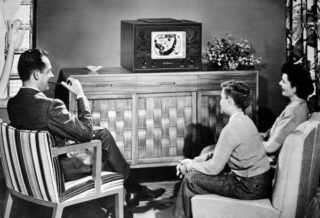
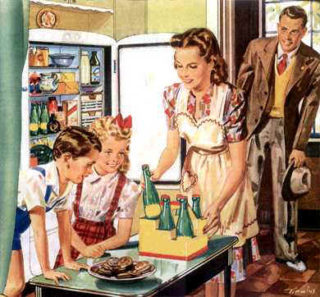
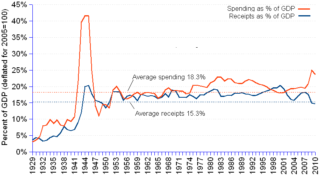
US federal spending as a share of GDP
Here is a conservative view of this epoch from the Mercatus Center/George Mason University
(alternative comments would be most welcome)
In the four years from peak World War II spending in 1944 to 1948, the U.S. government cut spending by $72 billion—a 75-percent reduction. It brought federal spending down from a peak of 44 percent of gross national product (GNP) in 1944 to only 8.9 percent in 1948, a drop of over 35 percentage points of GNP.
While government spending fell like a stone, federal tax revenues fell only a little, from a peak of $44.4 billion in 1945 to $39.7 billion in 1947 and $41.4 billion in 1948. .. Yet, the economy boomed. The unemployment rate, which was artificially low at the end of the war because many millions of workers had been drafted into the U.S. armed services, did increase. But during the years from 1945 to 1948, it reached its peak at only 3.9 percent in 1946, and, for the months from September 1945 to December 1948, the average unemployment rate was only 3.5 percent.
The U.S. economy during the post-World War II years is exhibit A against the Keynesian view that economies will necessarily suffer high unemployment and slow growth when governments make big cuts in government spending…dramatically reducing government spending and deregulating an economy can take that economy from sickness to health…
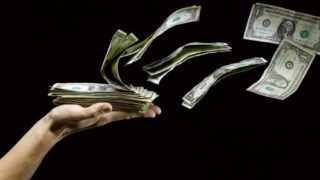
CNBC
Yearly Inflation U.S.A. 7.74%
Average Cost of new house $7,700.00
Average wages per year $2,950.00
Cost of a gallon of Gas 16 cents
Average Cost of a new car $1,250.00
Loaf of Bread 14 cents
LB of Hamburger Meat 45 cents
Science and Mechanics Magazine 20 cents
Movie Ticket 60 Cents
Cauliflower 15 cents per head
Chewing Gum 12 cents for 3
Coffee 85 cents for 2 pound bag
Onions 49 cents 10 pounds
Pork and Beans 25 cents for 2 cans
Pork Roast 39 Cents per pound
The post American Economy appeared first on Enemy in the Mirror.
December 7, 2018
Pearl Harbor
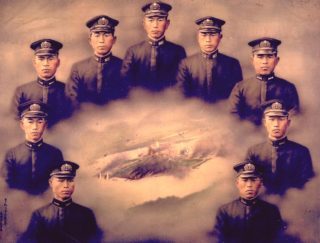
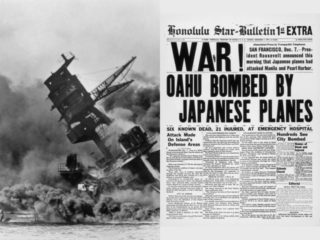
History on the net
On the morning of December 7, 1941, the surprise military strike by the Imperial Japanese Navy Air Service against the U.S. naval base at Pearl Harbor, Hawaii catapulted a reluctant America into the Second World War.
There are not many survivors left.
The post Pearl Harbor appeared first on Enemy in the Mirror.
Enemy in the Mirror
I began by posting events around the turn This website www.enemyinmirror.com explores the consciousness, diplomacy, emotion, prejudice and psychology of 20th Century America and her enemies in wartime.
I began by posting events around the turn of the 20th century as I was researching my first novel about the Pacific War. I continued through WWII for my second novel about the Battle of the Atlantic. Now I am beginning to look at the Cold War as I gather information for my next novel about the Korean War. ...more
- Mark Scott Smith's profile
- 7 followers


